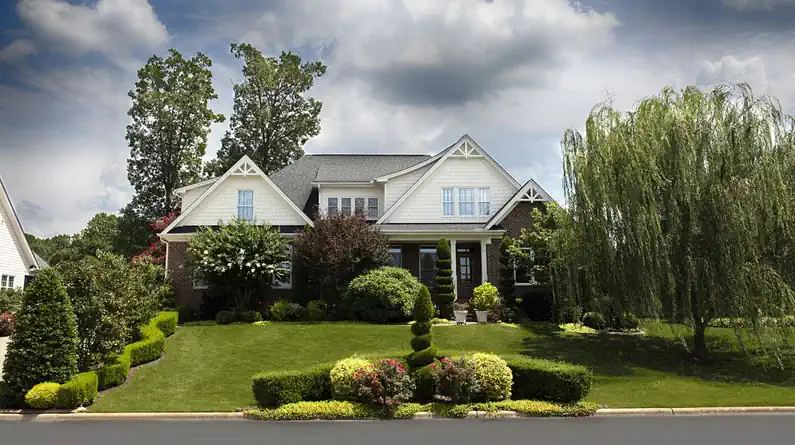
Landscape design is an art with its own set of rules and principles. As with any creative discipline, landscape design has its fair share of pitfalls. It’s not uncommon for new designers to make the same mistakes over and over again.
In fact, these common pitfalls are so well-known among professionals that they have been given nicknames.
Some of the most well-known faux pas include the “five-finger” house (so called because it has a five-pronged front yard) or the see-through house (where you can see straight through the home from one side to the other).
This article will focus on some common pitfalls for landscape designers and explain why you should avoid them in your next project.
Too Much Empty Space
Landscape designers are trained to be cognizant of the overall aesthetic of a design. However, they should also be aware of how the design will function.
An empty space between plants or an empty corner where a structure should go is a sign that the designer is focused more on aesthetics than functionality. When creating a plan, think about the amount of space you are using and why you are using it.
Space between plants is important for maintenance. Without space, a plant will eventually be smothered by its own soil that will not allow it to grow. Alternatively, too little space between plants will create an unhealthy environment and a poor aesthetic.
Once you have determined the amount of space that each plant needs, think about how that layout will affect the rest of the design. It’s possible that some plants or features (like the placement of a bench or path) will be visually obstructed.
Poor Plant Selection
Another common mistake that designers make is selecting plants that are not suited for the conditions of the landscape.
This can be done in either of two ways: selecting the wrong plants for the conditions of the location or selecting plants that are not suited for the desired aesthetic. Designers may fall victim to the “wow factor” when selecting plants.
They will often select plants that are beautiful, but not necessarily appropriate for the position. This can lead to dead or dying plants and a landscape that is less aesthetically pleasing than it could have been.
Before selecting plants, you must consider the conditions of the location. This includes the amount of sunlight the area receives, the soil type, and the amount of rainfall. You must select plants that are suited for these conditions. If you don’t, you will spend a lot of time watering plants that don’t need it and rotating plants out before they die.
Incorrect Drainage Installation
Landscapers are in the business of creating beautiful outdoor spaces. Many people mistakenly assume that means they also have the skills necessary to install drainage systems. Unfortunately, this is not always the case.
When designing a system for your home, be sure to hire a contractor that specializes in drainage systems. Drainage systems are extremely important for a variety of reasons. In addition to beautifying the yard, a drainage system will prevent flooding and help the yard withstand heavy rain and watering.
Irrigation Mistakes
Not only do you need to know what type of irrigation system to use in your landscape, but you also need to know how to use it correctly. The biggest mistake that people make when installing an irrigation system is not allowing for the growth of the plant.
As plants grow and mature, they will change the shape and size of the area they are growing in. This will create a trip hazard and an aesthetic problem. If a plant begins to grow outside of the area that it is meant to be growing in, you will be forced to cut it back or risk injury.
This can be avoided by installing a system that allows for growth. Many irrigation systems have an adjustable flow rate. This setting allows you to control how much water is dispensed at a given time. You may want a lower flow rate during the winter when plants need less water and a higher flow rate when the plants are flowering or growing.
Lack of Color Contrast
Landscape designers are trained to see the world in terms of color. Everything from plants to structures to paths should have a color contrast.
A lack of color contrast can make a design appear unbalanced and cluttered. It can also make it difficult for people to navigate the landscape. Paths and borders should be clearly defined by color or texture.
This can be done by adding decorative elements to the design. For example, a bright-colored path can visually stand out from the rest of the landscape and make the path more obvious.
A path can also be made more obvious by the texture of the materials used in the path. A softer surface will not stand out as much as a harder surface like concrete.

